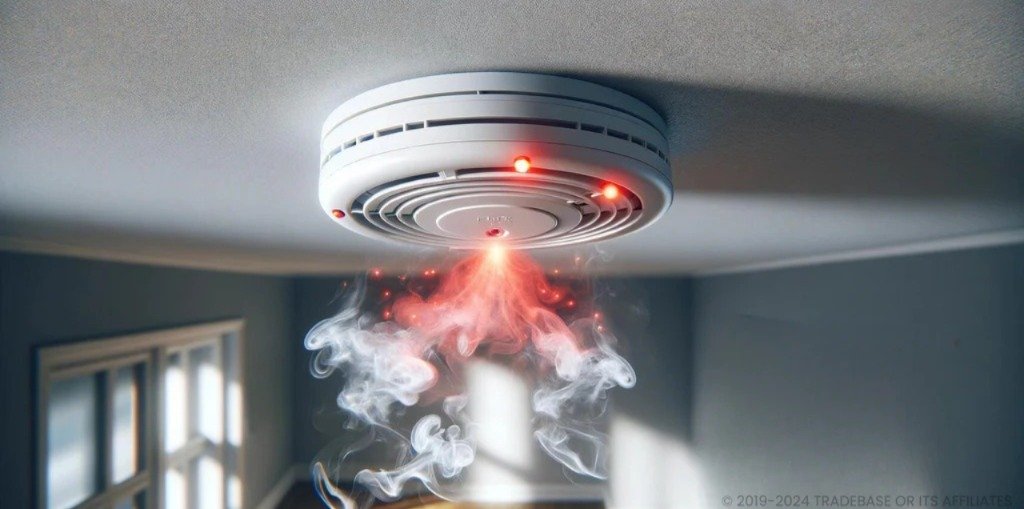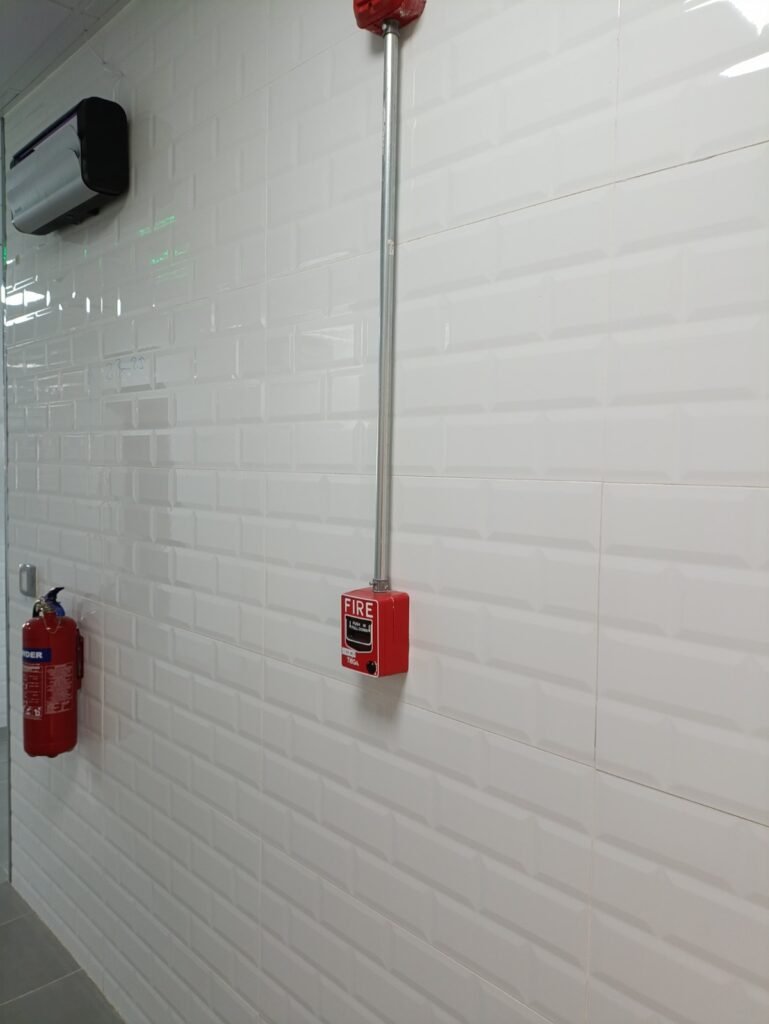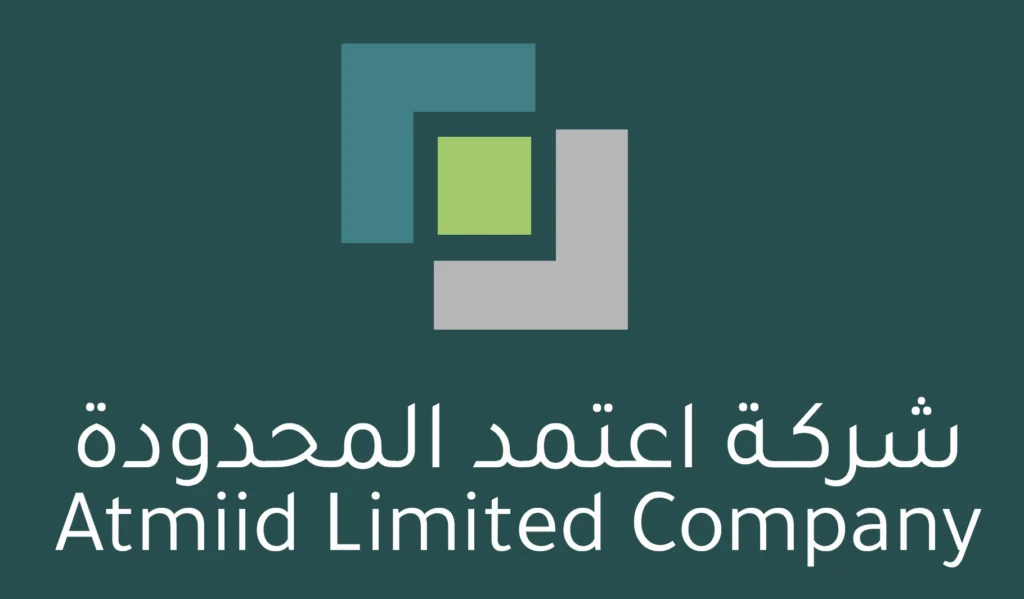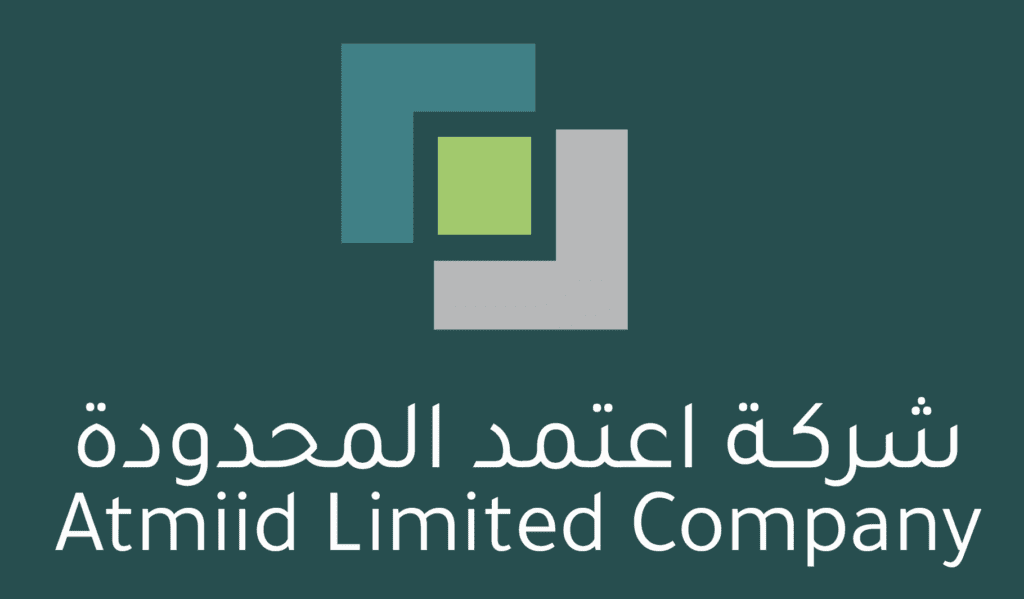Fire Protection Systems
- Services
- Fire Protection Systems
Fire Protection Systems
Fire Protection Systems: Importance and Prevention Methods
Fire protection systems are essential for ensuring the safety of people and property in buildings, commercial establishments, and industrial facilities. Their function goes beyond extinguishing fires; they also involve early detection, controlling the spread of fire, and preventing significant damage. This article highlights the importance of these systems, their types, and the best prevention methods to minimize fire-related risks.
Importance of Fire Protection Systems
Fires are among the most dangerous incidents that can occur anywhere, leading to loss of life, destruction of property, and disruption of business operations. Therefore, fire protection systems play a vital role in mitigating these risks by safeguarding individuals, the environment, and property. Their importance includes:
- Protecting Lives: The primary goal of fire protection systems is to ensure the safety of people within the building.
- Minimizing Property Damage: These systems reduce potential damage to property, such as furniture, equipment, and inventory.
- Compliance with Safety Regulations: Many countries and local authorities impose strict legal standards for the installation and maintenance of fire protection systems in buildings.
- Business Continuity: By minimizing fire damage, these systems help reduce business interruptions and maintain operational continuity.

Types of Fire Protection Systems
There are various types of fire protection systems, each serving a specific function to prevent or address fires at different stages. Key types of fire protection systems include:
- Early Fire Detection Systems:
– Smoke Detectors: Detect smoke in the air and alert individuals through alarms.
– Heat Detectors: Alert when abnormal temperature changes occur.
– Gas Detection Systems: Detect gas leaks that may lead to fires.
- Automatic Fire Extinguishing Systems:
– Sprinkler Systems: Automatically spray water to extinguish the fire.
– Gas Extinguishing Systems: Use gases like FM-200 or CO2 to put out fires without damaging sensitive equipment.
– Foam Systems: Used for extinguishing flammable liquid fires.
- Manual Fire Extinguishing Systems:
– Fire Extinguishers: Different types, such as water, foam, or CO2, are selected based on the type of fire.
– Fire Hose Reels: Fixed water hoses placed in strategic locations within the building.
- Ventilation and Fire Compartmentalization Systems:
– Fire Doors: Designed to prevent the spread of fire from one area to another.
– Fire-resistant Ventilation Systems: Help extract smoke and heat from areas contaminated with toxic gases.
Ensuring the Effectiveness of Fire Protection Systems

To ensure these systems work efficiently, the following steps are crucial:
- Good Design and Proper Installation: Systems should be designed according to the building’s needs, ensuring that they cover all areas effectively.
- Regular Maintenance: Fire protection systems should be regularly inspected to check for any malfunction or wear and tear. Maintenance includes testing detectors, ensuring sprinkler systems work, and inspecting fire extinguishers.
- Training and Awareness: Staff should be trained on how to use manual extinguishing systems and what actions to take in case of a fire. Regular drills on emergency procedures should also be conducted.
FAQs
1. What fire protection systems does ATMIID provide in Saudi Arabia?
ATMIID delivers comprehensive fire protection systems in Saudi Arabia, including detection systems (smoke, heat, gas), suppression solutions (sprinklers, CO₂, foam, dry chemical), and integrated safety systems compliant with local regulations.
2. How do ATMIID’s fire protection systems help safeguard lives and property?
Our advanced systems provide early warning and fast suppression to protect lives, reduce property damage, support evacuation, and maintain business continuity.
3. Which industries benefit from ATMIID’s fire safety solutions?
We serve diverse sectors—hospitals, factories, warehouses, commercial buildings, and corporate facilities—ensuring optimal fire safety.
4. What are automatic fire detection systems, and does ATMIID offer them?
Yes. ATMIID offers automatic fire detection systems including smoke, heat, and gas detectors designed for rapid hazard detection in various environments.
5. What fire suppression systems are available from ATMIID?
We provide a range of suppression systems including:
Automatic sprinkler systems
- CO₂ systems for sensitive areas like server rooms
- Foam systems for fuel and chemical fires
- Dry chemical systems for industrial hazards.
6. Does ATMIID install fire alarm and evacuation systems?
Yes, our systems include audible alarms, visual signals, and automated alerts to civil defense or emergency teams, supporting quick and safe evacuations.
7. Are ATMIID’s fire protection systems compliant with international standards?
Absolutely. Our solutions meet global standards like NFPA, ISO 7240, and EN 54, ensuring reliability, safety, and compliance.
8. Does ATMIID maintain fire protection systems post-installation?
Yes. We offer ongoing maintenance services including regular inspections and system testing to ensure reliability and regulatory compliance.
9. How do integrated fire protection systems benefit commercial buildings?
Our integrated systems combine alarm, detection, and suppression technologies into centralized controls—ideal for efficient management and quick response in commercial settings.
10. Can ATMIID deploy specialized systems for hospitals?
Yes, we deliver hospital-grade fire protection solutions, featuring high-sensitivity detection, non-damaging suppression agents like inert gases, and tailored evacuation protocols.
11. Why choose ATMIID for fire protection systems in Riyadh and beyond?
ATMIID is a trusted provider of fire safety and electro-mechanical services, known for reliable, efficient, and compliant solutions across the Gulf region.
12. Does ATMIID offer fire protection systems for industrial sites and warehouses?
Yes, we design and install robust fire protection systems for industrial facilities and warehouses, including suitable detection and suppression configurations.
13. How quickly can ATMIID respond in an emergency?
Our systems can automatically notify civil defense services upon fire detection, enabling fast response and minimizing potential damage.
14. Are water-based and non-water suppression options available?
Yes. We offer both water-based (sprinklers, deluge systems) and non-water options like CO₂, foam, and dry chemical suppression—ideal for varying environments.
15. How can I get a quote for fire protection systems from ATMIID?
You can contact ATMIID directly—via phone or email—for expert consultations, system design, and tailored fire protection quotes in Saudi Arabia.
16. What types of fire protection systems does ATMIID provide?
ATMIID provides both active fire protection systems—like sprinklers, alarms, gas suppression, and foam systems—and passive fire protection systems such as fire-rated walls, doors, insulation, and compartmentalization.
17. What is the difference between active and passive fire protection?
Active fire protection systems detect and suppress fires using alarms, sprinklers, or extinguishers, while passive fire protection systems are built into structures to contain and slow fire spread, such as fireproof walls, doors, and insulation.
18. Does ATMIID install automatic sprinkler systems?
Yes, we install advanced sprinkler systems designed to detect and suppress fires quickly, making them ideal for commercial and industrial facilities.
19. What fire detection and alarm systems does ATMIID offer?
We provide smoke detectors, heat sensors, flame detectors, and integrated fire alarm systems with audible and visual alerts for fast response.
20. What are gas-based fire suppression systems?
Gas suppression systems use agents like CO₂ or FM200 to extinguish fires in sensitive areas such as server rooms and data centers where water-based solutions are unsuitable.
21. Does ATMIID provide foam fire suppression systems?
Yes, we install foam systems designed for flammable liquid fires, commonly used in fuel depots, chemical plants, and industrial facilities.
22. Are dry chemical systems available through ATMIID?
Absolutely. Our dry chemical systems are suitable for high-risk industrial environments where quick suppression of electrical or flammable fires is essential.
23. What passive fire protection systems can ATMIID implement?
We offer fire-rated walls, fireproof doors, fire-resistant coatings, and compartmentalization solutions that slow fire spread and support safe evacuation.
24. Do ATMIID fire protection systems comply with international standards?
Yes. Our systems are designed in compliance with NFPA, ISO, and Saudi Civil Defense standards, ensuring maximum safety and legal compliance.
25. Which industries need passive fire protection the most?
Industries such as healthcare, hospitality, oil & gas, manufacturing, and warehousing benefit greatly from passive fire protection to safeguard lives and assets.
Why Choose us?
Selecting the right partner for fire protection systems in Saudi Arabia is not just about meeting regulatory requirements—it is about ensuring the safety of people, protecting critical assets, and maintaining operational continuity. At ATMIID, we provide comprehensive fire protection solutions that cover early detection, fast suppression, emergency evacuation, and ongoing system maintenance. Our approach combines engineering expertise, certified installation, and advanced fire safety technologies, ensuring the highest level of protection across different environments.
We understand that every facility has unique risks based on building type, operations, stored materials, and occupancy levels. Whether you’re managing a hospital, factory, warehouse, shopping mall, office building, hotel, or residential complex, we design tailored fire safety systems that deliver maximum efficiency and reliability. Our work complies fully with Saudi Civil Defense regulations and international standards such as NFPA, ISO 7240, and EN 54, ensuring robust safety performance and smooth approval processes.
1. Complete Fire Safety Solutions — From Assessment to Installation
We offer turnkey fire protection services that begin with hazard assessment and continue through system design, installation, integration, and commissioning. Our systems include:
Fire detection and alarm systems (smoke, heat, flame, and gas detectors)
Automatic sprinkler and deluge suppression systems
FM-200, CO₂, NOVEC, and inert gas systems for sensitive equipment rooms
Foam and dry chemical suppression systems for high-risk industrial environments
Fire hoses, hydrants, and manual extinguishers
Evacuation alarms and emergency lighting systems
This integrated design ensures rapid response, controlled suppression, and safe evacuation during fire incidents.
2. Custom-Engineered Solutions for Every Industry
We do not believe in one-size-fits-all safety. Our engineering team conducts:
On-site fire risk analysis
Temperature and smoke flow assessment
System zoning and coverage planning
The result is a custom-designed fire protection strategy tailored to the building layout, material hazards, and operational requirements—ensuring efficient protection with optimized installation cost.
3. Certified Technicians & Quality Equipment
Our technicians and project teams are trained and certified in the installation of UL/FM-approved and NFPA-compliant fire protection components. We only use internationally recognized products to ensure performance reliability and long service life.
Precision installation means fewer faults, better system responsiveness, and simplified maintenance.
4. Civil Defense Compliance & Approval Handling
Navigating safety regulations can be challenging. We handle:
Design documentation and system drawings
Testing procedures and commissioning reports
Civil defense inspection coordination
This helps our clients achieve compliance quickly and with complete confidence.
5. Preventive Maintenance & Fast Emergency Support
Fire safety systems must work at the moment they are needed. Our maintenance programs include:
Periodic inspections and testing
Detector and pump performance checks
Cylinder pressure verification
Emergency service response
This ensures long-term reliability and eliminates the risk of system failure during critical situations.
Popular Searches
fire protection systems in Saudi Arabia | fire alarm system installation Riyadh | fire suppression system suppliers KSA | fire safety companies in Saudi Arabia | commercial fire protection solutions | NFPA compliant fire systems | FM200 fire suppression system installation | CO₂ fire suppression systems for server rooms | fire sprinkler system installation Saudi Arabia | fire detection and alarm systems KSA | fire extinguisher supply and maintenance Riyadh | fire hose reel installation and testing | passive fire protection systems supplier KSA | fire compartmentalization solutions | industrial fire protection services Saudi Arabia | fire safety maintenance contracts KSA | emergency fire system repair services | fire door supply and installation Riyadh | smoke detector installation and testing | warehouse fire protection systems Saudi Arabia



